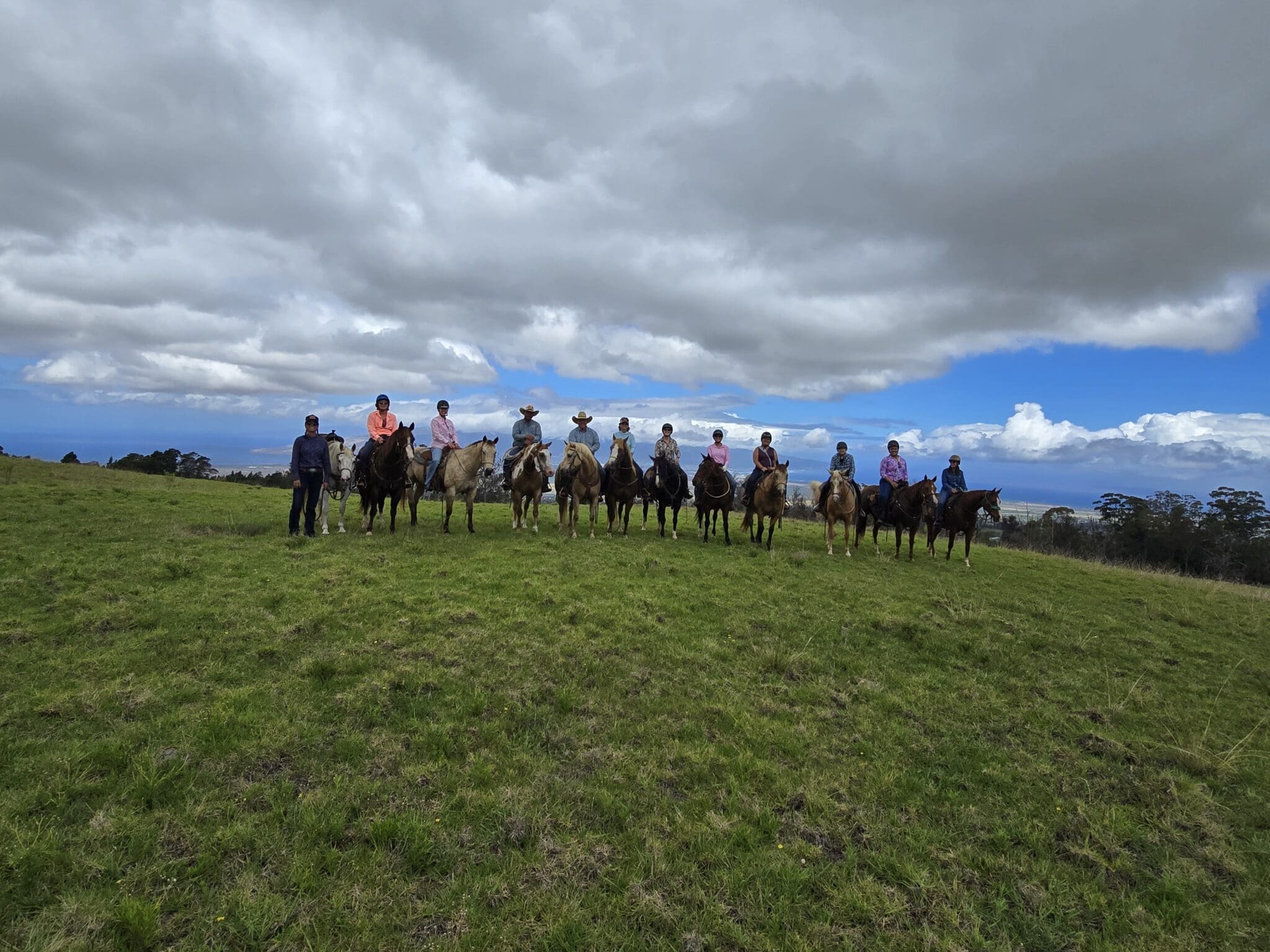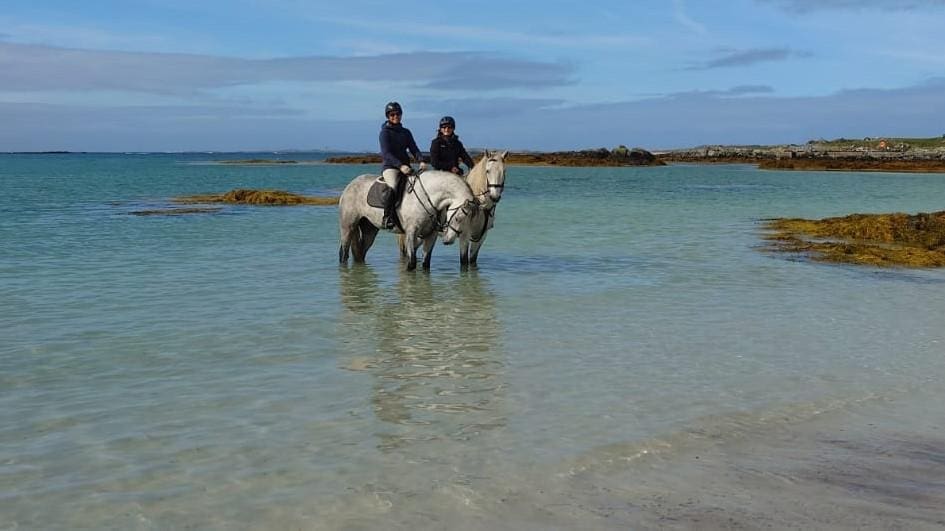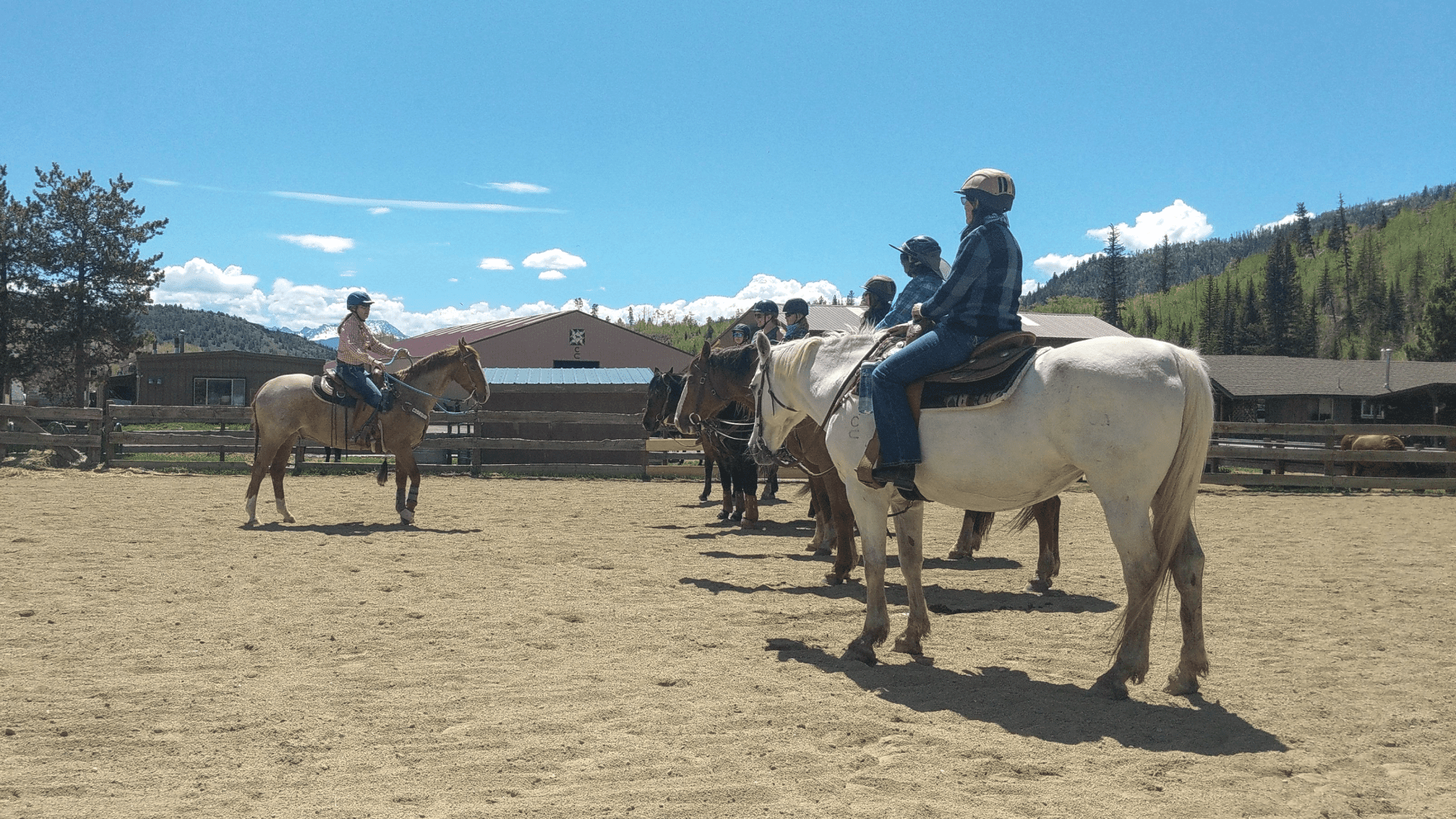Whether you’re riding on the trail, at a show, or in your own arena, you’ll likely encounter any number of obstacles and scary objects. Can you count on your horse to quietly and willingly approach new obstacles without spooking? Do you have a plan in place to help introduce him to new challenges?
Because horses are prey animals, they’re hardwired to be on the alert, looking for any sign of an attack and preparing to bolt. They easily sense changes in the environment and notice movements, sounds, and smells that people have learned to disregard. Their eyes are triggered to pick up on sudden movements that may signal a predator that lies still in the grass, then pounces. You, however, would like to ride a calm, relaxed trail mount.
While some horses are spookier than others, all horses can react to unusual sights, sounds, sensations, and smells. The good news is that any horse can be desensitized and helped to approach most any once-fear-inducing obstacle.
Horses have a unique ability to transition from fearful and spooky to trusting and willing if they have a confident leader. I’ll teach you how to help your horse through a spook and help him confidently approach any object. Practice your approach at home, then apply those skills on the trail.
Horses rely on all of their senses to identify a potential threat. Your horse might react to an unusual odor (that you might not smell), a strange sound (soft or loud) or an unaccustomed sensation (such as a branch scraping his side). Even the most predictable trail horse can spook at a new scenario or a combination of stimuli.
While horses easily settle into a routine, they’ll notice if something is suddenly different and become suspicious. For instance, if a horse passes a mailbox every day as he leaves the property, he may suddenly spook if the flag is up. He may see the mailbox as a new monster capable of attack — until proven otherwise.
When your horse spooks, he probably balks (stops suddenly on the forehand), then spins, rears, and/or leaps. These extreme actions can unseat even a seasoned rider.
After the initial spook, your horse may also bolt. That’s because when he turns his nose away from the scary object, his flight response kicks in. At that point, he may run an eighth of a mile or more before stopping to consider just what it is he’s running away from.
Here’s how to avoid the bolt and to keep your horse’s nose pointed at the object that spooks him. Instead of allowing his flight response to kick in, you’ll help him stay present and invoke another natural response — curiosity.
Exercise Prep: Teach your horse to approach and accept any scary object.
Why you need it on the trail: Even the most benign trail ride can present perceived threats in your horse’s mind. You need to know how to keep him from spooking and bolting — potentially unseating you and causing injury.
What you’ll do: As you ride, you’ll keep your horse focused on the scary object, turning toward the stimulus and stopping him from turning to bolt. You’ll take a deep breath, maintain visual and mindful focus, be calm and relaxed, and avoid prompting your horse to become even more fearful. You’ll make sure he remains obedient as you ask him to stop and look toward the scary object. Your goal is to prevent his flight response from triggering while encouraging his curiosity.
What you’ll need: Your usual tack, a helmet, and an object or situation that’s new to your horse. Set up an obstacle that your horse hasn’t seen before, or recreate a situation that has spooked your horse on the trail. If your horse is typically “bombproof,” test his willingness to approach something that moves or makes an unusual sound, such as a plastic bag caught in a tree.
(Note: If you don’t feel safe or comfortable with your horse, or if your horse is young and inexperienced, ask an experienced horse-person or trainer to help you through your horse’s desensitizing process.)
Warm-up exercise: Mount up, and warm up your horse as usual, well away from the new obstacle. Perform small circles to the right and left. Make sure you can calmly turn him in both directions and that he’s listening to your turn cues.
Step #1. Control His Nose
Guide your horse toward the obstacle at a walk. Start at least 20 yards away to give him a chance to notice a change in his usual environment. Approaching from a distance will also allow you to notice small changes in his body language and alertness, so you can control his movements before he can manage a dramatic spook, turn, and bolt.
At the first sign of tension in your horse’s body — perking his ears, tensing his muscles or leaning away from the obstacle — ask him to stop and keep his nose pointed directly at the object. Don’t allow him to move backward, left or right. Standing still and focusing on the object that caused concern is the only option.
When you ask your horse to stop, it keeps him obedient and responsive to you, and gives you a reason to praise him. Stopping and standing gives him a moment to observe the new object, take a deep breath, and relax.
If your horse tries to turn away — if he even starts to look to one side or the other —correct his focus by picking up on one rein and pointing his nose back to the obstacle.
Keep your arms are in front of you, encouraging your horse not to back away as you correct his nose position, and turn straight toward the scary obstacle.
If your horse turns his head to the right, bump the left rein, and visa versa. Use the amount of rein pressure needed to get an immediate response. Don’t allow him to refuse your turn cue or turn the way he’d like. He must learn that turning away (and therefore invoking his flight response) isn’t an option.
At this point, you’re not asking him to approach the object. You’re asking him only to stop moving forward, backward, left, or right, and look at the object that causes him tension or fear. Soon, he’ll understand that there’s nowhere to go and will easily stand still and face what he’s afraid of.
As soon as your horse stops trying to turn away from the scary object, loosen the reins, take a deep breath (to signal your non-concern), and rub him on the neck to praise him for being obedient.
Step #2. Take a Forward Step
Ask your horse to take a step or two — but no more — closer to the object. Just as in Step #1, you’ll keep his nose pointed toward the obstacle and keep your own focus on where you want to go. After he’s moved a step or two closer to the object, say “whoa,” as you gently sit back and stop him.
Again, loosen the reins, take a deep breath and rub your horse on the neck to praise him for responding to your commands. Make sure to rub your horse on the neck —which signals him to relax — instead patting him. Patting can energize and stimulate instead of relax your horse.
Ask your horse to step forward then stop several times until you get closer and closer to the object. Always stop after a few steps, praise him, and encourage him to relax. With each repetition, he’ll gain confidence, and his initial fearfulness of the object will dissipate. He’ll get used to seeing, hearing, smelling, and sensing the object. He’ll understand that you, his herd leader, are encouraging him and praising him for his approach.
Step #3. Encourage Curiosity
Asking your horse to stop moving toward the scary object not only helps him relax, but helps him become curious about the item in front of him.
Imagine telling a young child not to look in the hall closet the day before her birthday. You’ll inspire her curiosity and may prompt her to snoop for presents. The same idea applies to your horse regarding the once-scary object. As soon as you ask him to stop and look at the item, he’ll become curious about it. His fear will convert to curiosity, and you’ll feel him become drawn to the object, like a magnet.
When your horse anticipates your go-forward cue and seems to want to go forward, allow his forward motion for a few steps.
When your horse steps forward, loosen the reins, and allow the forward motion, and give him praise and affirmation for his curiosity. But then hold him back a little so he becomes even more curious about the object.
Make a game out of this exercise that your horse will love to play. When he approaches the object and touches it with his muzzle, declare him the winner — with copious praise.
When you’ve made sure your horse’s curiosity results in relaxation instead of another spook, ask him to move forward and past the object that first caused him fear. With practice, frequent stops, and praise, he’ll soon approach whatever you place in his path.



